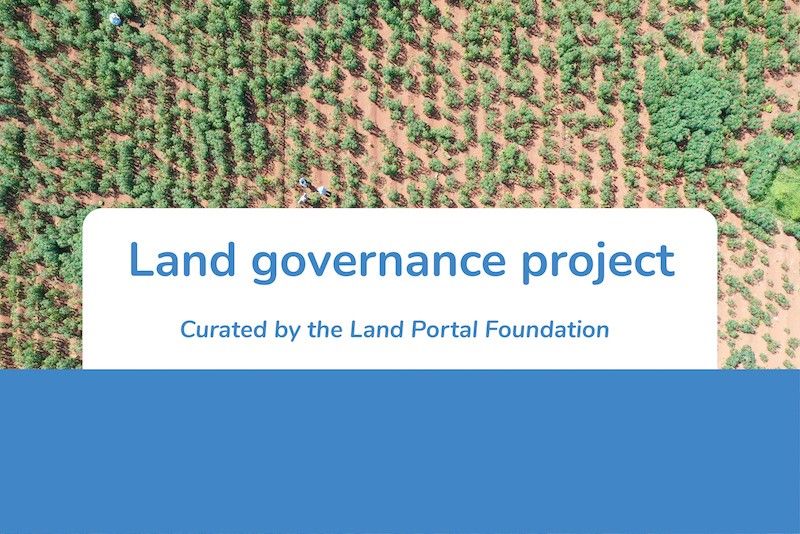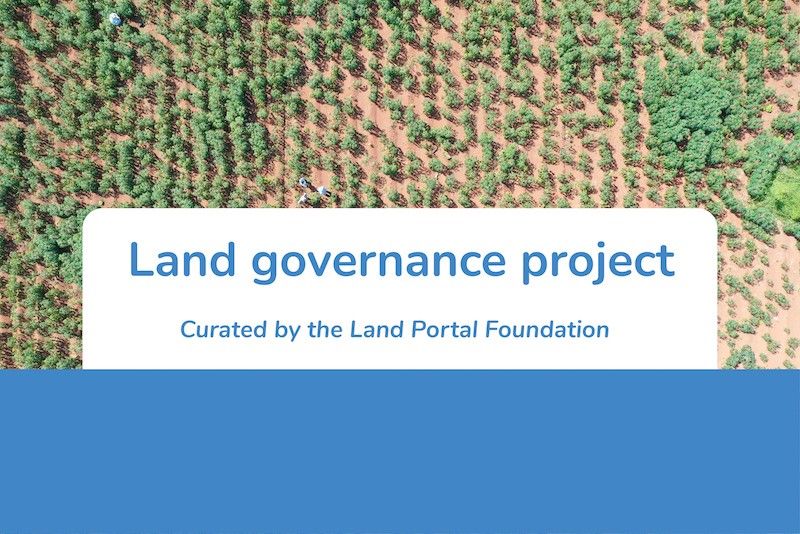Mission and Vision
A just world, without poverty. That is our mission. We believe that people can build independent livelihoods, provided their rights are respected. That is why we help people around the world to stand up for their rights.
1. Right to sustainable livelihood resources
Everybody must be sure of a fair income and enough to eat. Yet this is not the case for 20% of the world’s population. That is why we are working on better access to land and water, and on fair working and trading conditions.
2. Right to basic social services
Education and health care are essential for building better societies. Yet even as we make progress towards universal primary education, around the world, there are still 130 million kids in school who fail to learn basic reading, writing and maths. When governments fail to deliver, Oxfam together with partner organizations invest in quality basic social services.
3. Right to life and security
Natural disasters, climate change and armed conflicts hit millions of people every year. We support them with relief aid and reconstruction. And we prepare people to prevent or mitigate the effects of disasters and conflicts.
4. Right to social and political participation
Knowledge is power. We believe that when people can participate in public decisions that affect them, they can build independent livelihoods and thriving communities.Together with partners we give people access to information and a voice.
5. Right to an identity
Gender inequality is both a violation of human rights and an obstacle to sustainable development. In a just world there is no place for the discrimination of women and minorities.
Our Core Values
When people’s basic rights are respected, we can rid the world of poverty and injustice. This is what we stand for:
- Empowerment
We work on the basis of the power and potential of people. We provide practical and innovative solutions to empower people to build their livelihoods without poverty.
- Accountability
We call on those in power to consider people in a vulnerable position in word and action. And we of course account for our own work to governments, donors, supporters, volunteers, corporations and almost 17 million Dutch men and women.
- Inclusiveness
We are all equal, irrespective of the accident of birth, gender, faith or sexual orientation. In all our work we give special attention to the position and rights of women and minorities. And given the potentially pivotal role of women as agents of change, gender justice is at the heart of everything we do.






